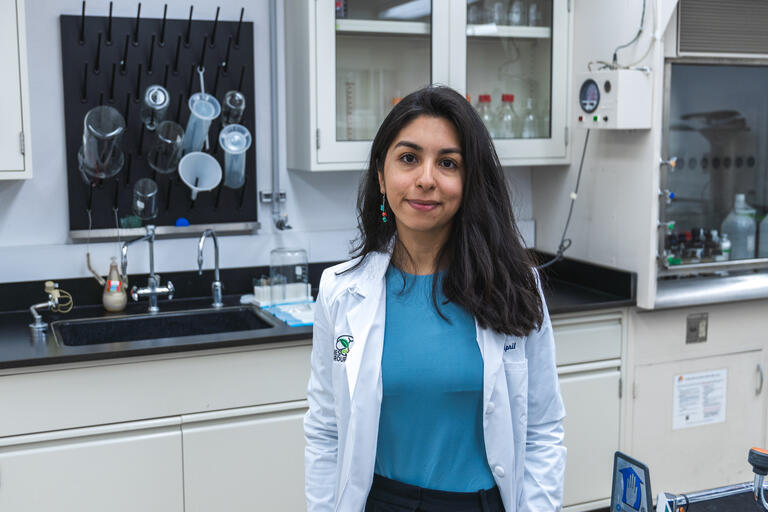Ranjani Murali (Life Sciences), in collaboration with researchers from Caltech, is the lead author of a groundbreaking new study that found many more bacteria produce greenhouse gases than previously thought.
The research team discovered a new class of enzymes that enable various bacteria to use nitrate as a substitute for oxygen in low-oxygen environments. While this adaptation is crucial for bacterial survival, it leads to the production of nitrous oxide (N₂O) — a potent greenhouse gas ranked as the third most environmentally impactful after carbon dioxide and methane — as a byproduct.
The findings pose positive implications for the fight against climate change, especially in the agricultural space. Since newly emitted N₂O doesn't linger for long periods in the atmosphere, interventions to curb its emission can have immediate benefits. For example, educating farmers against overusing fertilizer on nitrate-producing crop soil could cut down on both greenhouse gas emissions and save them money.
The paper, "Diversity and evolution of nitric oxide reduction in bacteria and archaea," was published in the Proceedings of the National Academy of Sciences on June 20, 2024. By helping to pinpoint the organisms in soil bacteria that contribute to greenhouse gas emissions, researchers hope to equip industries with heavy N₂O emissions with the knowledge needed to make informed choices to reduce greenhouse gas outputs.


